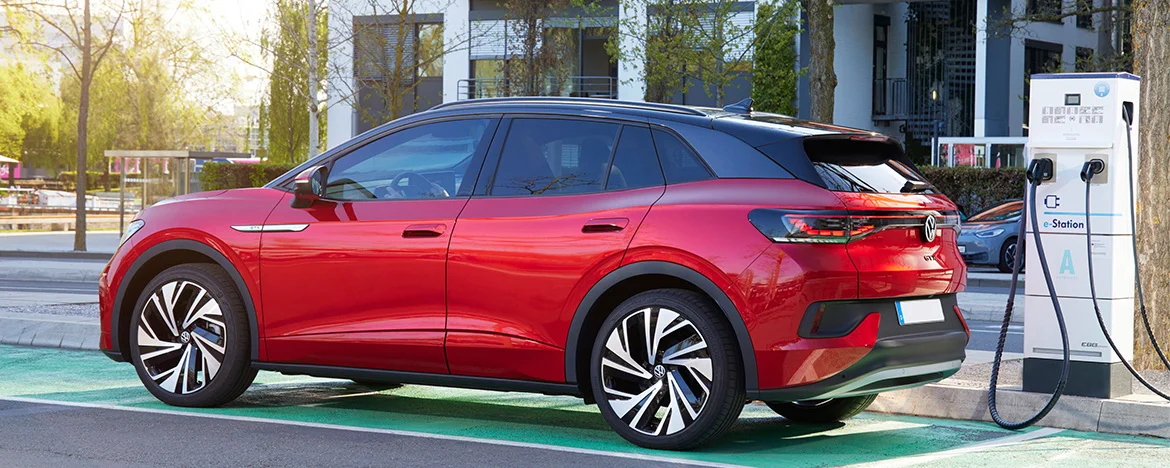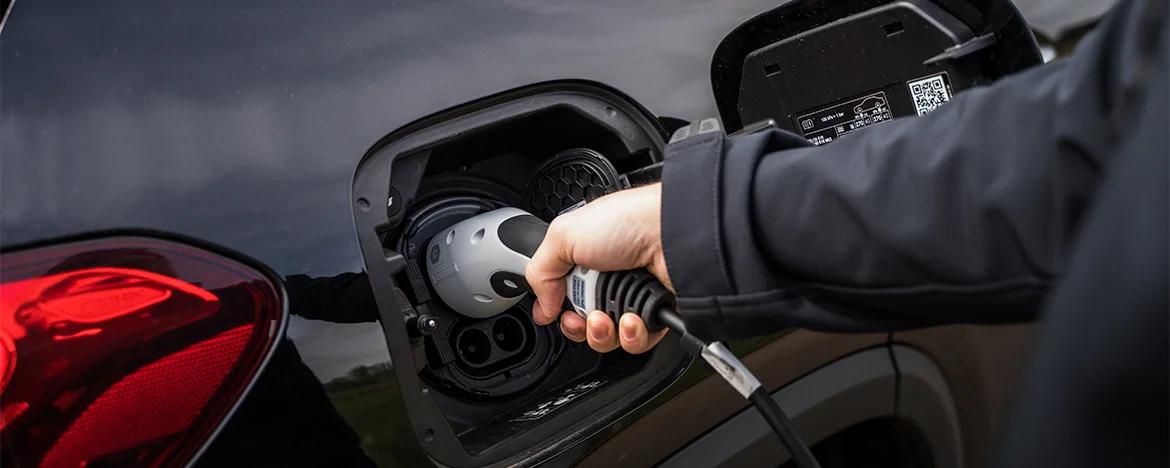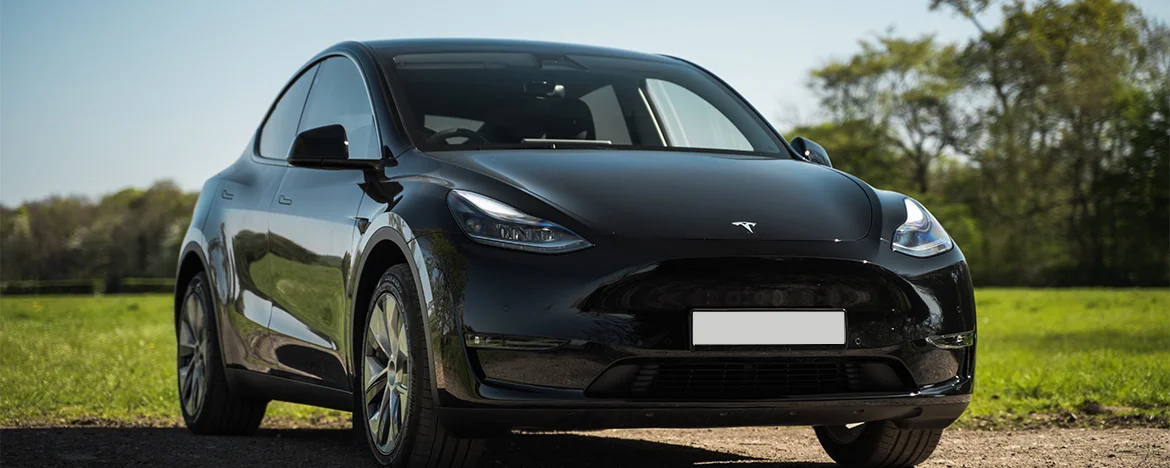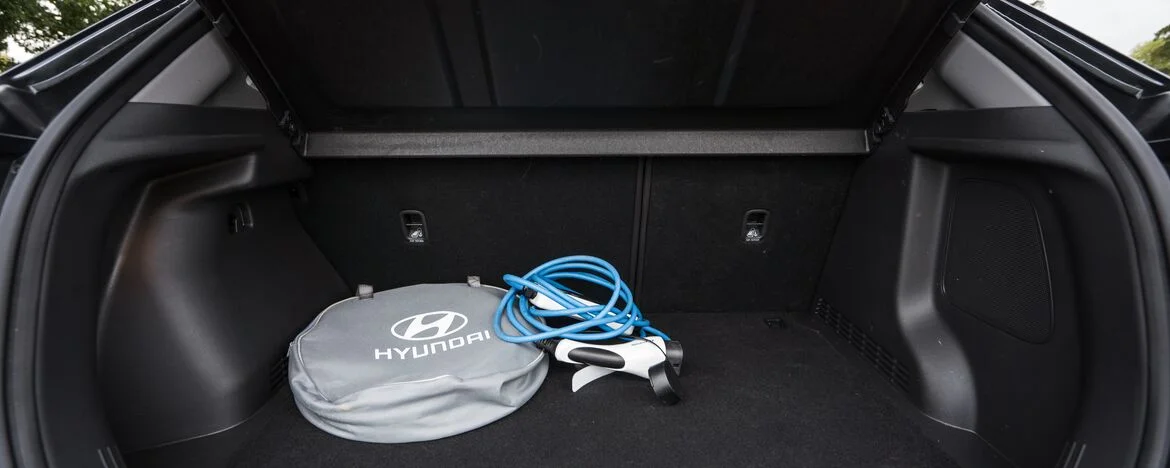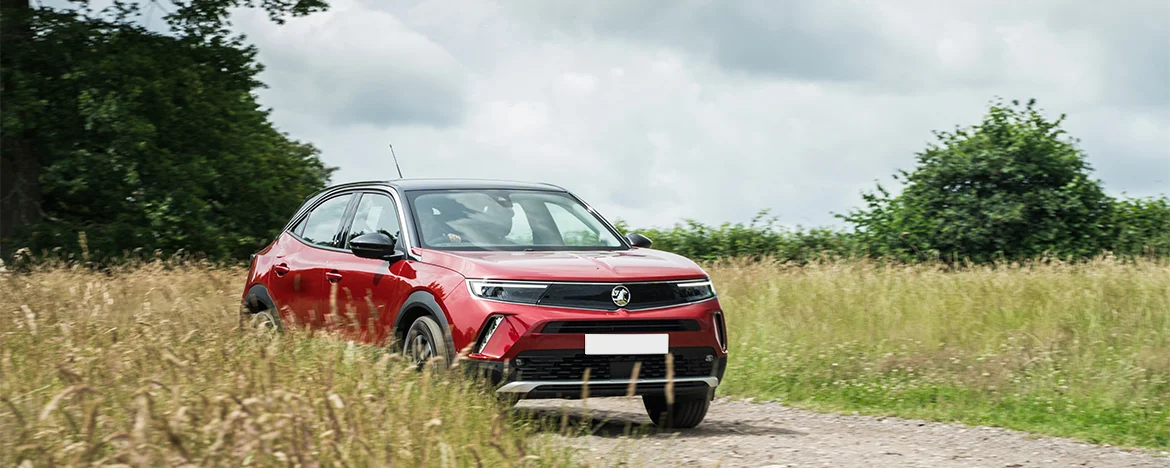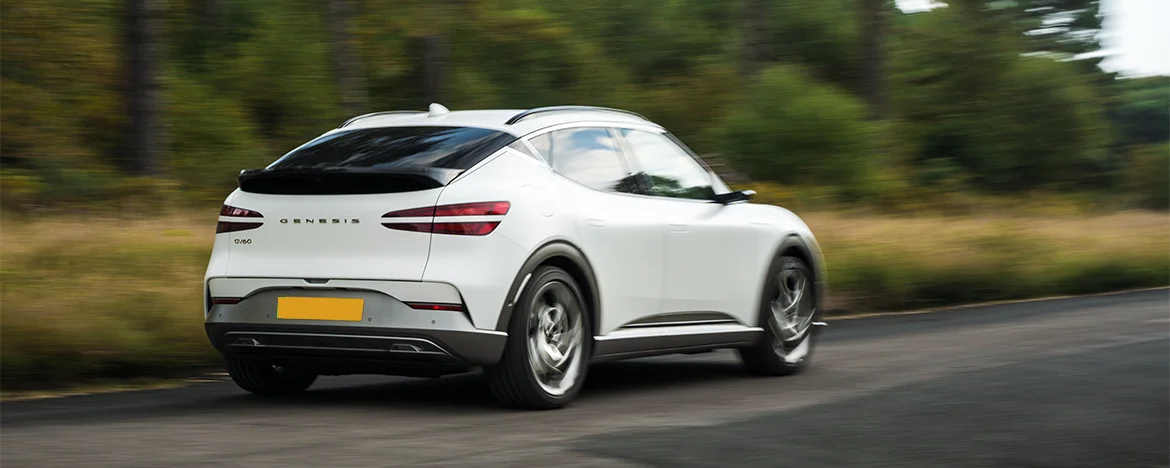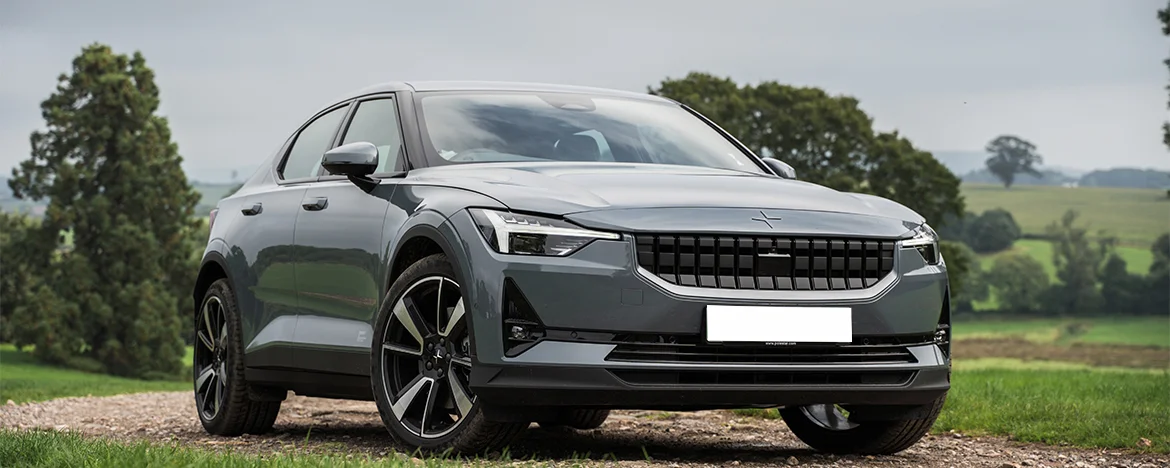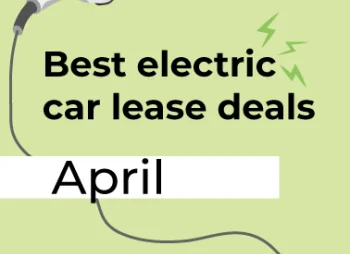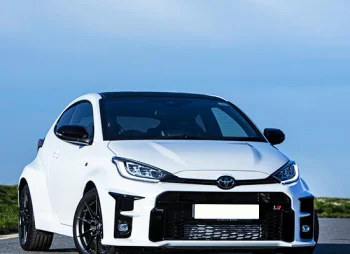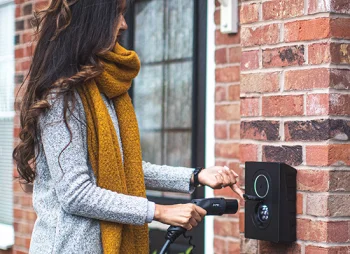Everything you need to know about charging your electric car
Making the switch from petrol or diesel to an electric car can be a minefield of new information.
Not only can your new car feel completely different to drive to begin with, but when you take out an electric car lease you also have to consider all this new information you didn’t before, like how far you can drive on a single charge and where you might be able to charge your car.
We’ve compiled a list of our best tips and advice on how to charge your electric car, so you know exactly what you’re doing, and what the best method of charging is going to be for you.
And – though it might seem baffling at first glance – it’s a really simple process, we promise.

